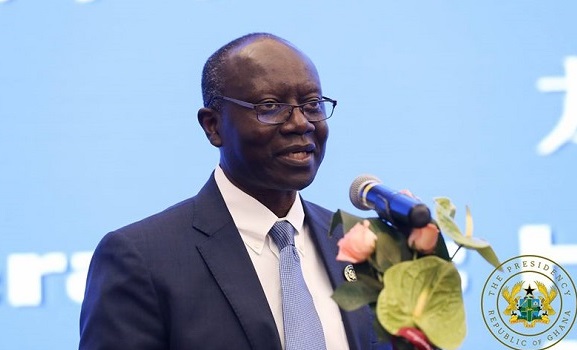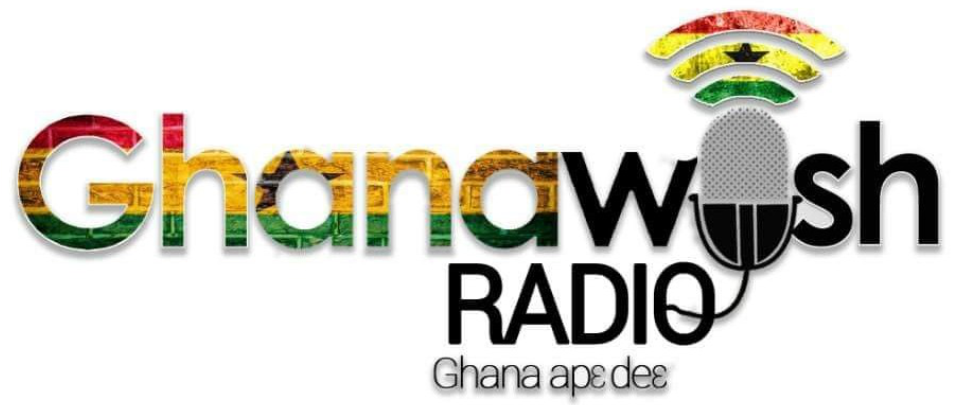Provisional data for the first quarter of 2022 have shown that government managed to stay on course with its expenditure rationalisation measures as announced, although revenue for the period fell short of the target.

According to data from the Bank of Ghana, total expenditures amounted to GH¢27billion, equivalent to 5.4 percent of gross domestic product (GDP) and below the programmed target of GH¢30.5billion representing 6.1 percent of GDP.
However, total revenue and grants fell short of the anticipated amount to GH¢16.7billion; equal to 3.3 percent of GDP and below the projected GH¢19.3billion, 3.8 percent of GDP. This results in an overall broad fiscal deficit including cash but excluding energy sector payments, financial sector clean-up costs of 2.6 percent of GDP, against the programmed target of 2.3 percent of GDP.
The corresponding primary balance (which excludes interest payment) for the period was a deficit of GH¢2.3billion – about 0.5 percent of GDP against a deficit target of GH¢1.4billion equal to 0.3 percent of GDP.
In January this year, Minister for Finance Ken Ofori-Atta announced a 20 percent cut of the approved 2022 budget expenditure as government’s fiscal consolidation agenda is primarily driven by the expenditure side with support from additional revenue.
Subsequently, in March 2022 the minister announced a further cut to its expenditure, envisaged to save about GH¢3.5billion – all of which are aimed at achieving the 2022 fiscal deficit target of 7.4 percent of GDP. This was again pursued to reassure investors and boost confidence in management of the economy.
Expenditure cuts
Some of the policy measures include savings of US$13.2billion from the renegotiation of the Power Purchase Agreements (PPAs) with Independent Power Producers (IPPs); and the staff restructuring exercise.
Other expenditure measures and controls include the suspension of new projects under the Infrastructure for Poverty Eradication Programme (IPEP) in 2022, while government rolls out expenditure commitment control mechanisms to curb expenditure overruns; strict use of the Ghana Integrated Financial Management System (GIFMIS) to minimise off-budget expenses; and suspension of vehicle purchases by MDAs and MMDAs.
There is also a 10 percent cut in discretionary spending and a 50 percent cut in fuel coupon allocations for all political appointees and heads of government institutions, including SOEs, effective April 1, 2022; as well as a cut of 30 percent for salaries of Ministers and Heads of SOEs from April to December 2022 – which amount will be contributed to the Consolidated Fund.
Other measures in line with expenditure cuts include concluding renegotiation of the Energy Sector IPPs capacity charges by end of Q3-2022 – further reducing excess capacity payments by 20 percent to generate a total savings of GH¢1.5billion. The effects of this policy should manifest in the second quarter of 2022.
Revenue Measures
Given that cutting down on expenditures alone may not be enough, government is focused on a two-fold approach to achieving the fiscal deficit of 7.4 percent of GDP – controlling expenditure and raising more revenues domestically.
Some revenue measures include implementation and collection of the revised Property Rate by end of April 2022; implementing the E-VAT/E-Commerce/E-Gaming initiatives by end of April 2022; and rolling out the simplified tax filing mobile application for all eligible taxpayers by July 2022.
The Minister for Finance also noted that Parliament will be impressed upon to fast-track passage of the Tax Exemptions bill, and Fees and Charges bill. Passage of the E-levy bill remains government’s claimed biggest revenue source yet for the year.
Source: B&FT

